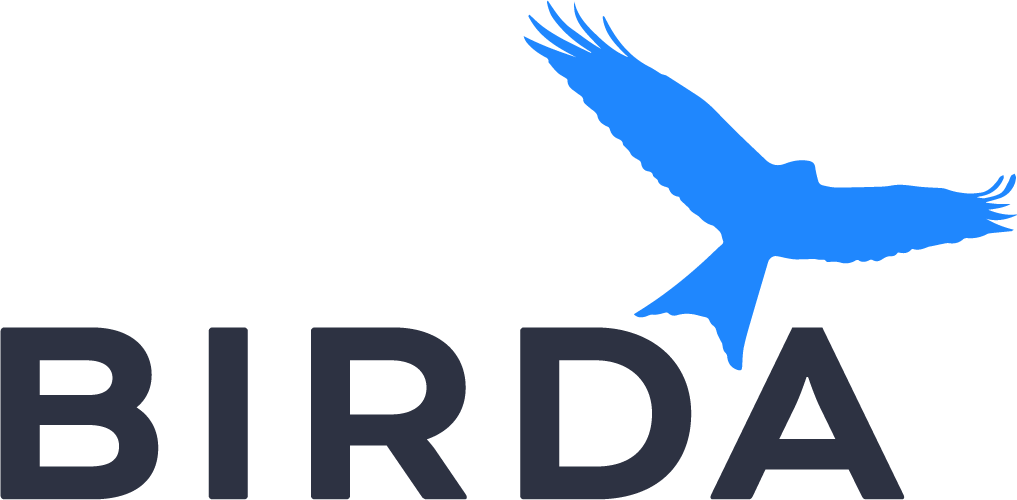
Black-and-white Owl
Strix nigrolineata
The black-and-white owl, Strix nigrolineata, presents a striking contrast in its plumage. This medium-sized owl, with a round head devoid of ear tufts, measures between 35 and 40 cm in length and tips the scales at 400 to 535 grams. Sexual dimorphism is evident, with females generally outweighing males, averaging 487 g to the male's 418 g. The bird's breast, belly, and vent are adorned with black-and-white stripes, while the upperparts, from the crown to the tail, are a sooty black. A black-and-white striped collar graces its neck, and the facial disc is predominantly sooty black, accented with white "eyebrows" that stretch from the bill to the collar. The beak is a vibrant yellow-orange, and the eyes are a deep reddish brown. Chicks are cloaked in downy white, while juveniles display a whitish face, dark brown upper-parts, and a white-barred black underside.
Identification Tips
When identifying the black-and-white owl, look for its distinctive striped underparts and sooty black upperparts. The lack of ear tufts and the round head are characteristic of the Strix genus. The white "eyebrows" and yellow-orange beak are also key features to note.
Habitat
This species is predominantly found in gallery forests and rainforests, but it also inhabits wet deciduous and mangrove forests. It can be found at altitudes ranging from sea level to 2400 meters. The black-and-white owl often nests in the foliage of large, tall trees such as mahogany and is known to frequent small ponds when hunting. It is not uncommon to find this owl in proximity to human settlements.
Distribution
The black-and-white owl's range extends from central Mexico down to northwestern Peru and western Colombia. It is found in 12 countries and is a non-migratory bird, remaining faithful to its range throughout the year.
Behaviour
This nocturnal hunter primarily forages at the canopy level, perching on elevated branches before making silent flights to capture prey. It is primarily insectivorous, favoring scarab beetles, but also feeds on bats, small rodents, and occasionally smaller birds and amphibians. It is one of the few tropical owl species known to capture barn swallows roosting on electric lines.
Song & Calls
The call of the black-and-white owl is a series of rapid, guttural, low calls, punctuated by a short pause, followed by a low, airy call and a faint, short hoot. The female's call is typically louder than the male's, and both adults and younglings can produce strident cries and communicate by clacking their beaks.
Breeding
Breeding season commences in March, with the male wooing the female through wing flaps and acrobatic flights. The monogamous pair then selects an isolated tree for nesting, often adorned with epiphytes and flowers such as orchids. The female incubates a clutch of one or two eggs while the male forages and defends the nest. The eggs are dull, whitish, and weigh about 33.8 g. After an incubation period of at least 30 days, the chicks hatch in April, sporting white down feathers and pink feet and beak.
Conservation status
The black-and-white owl is currently classified as "Least Concern" by the IUCN, although its populations are in decline. Habitat loss due to conversion to agricultural land and proximity to humans are the main threats to this species.
































































